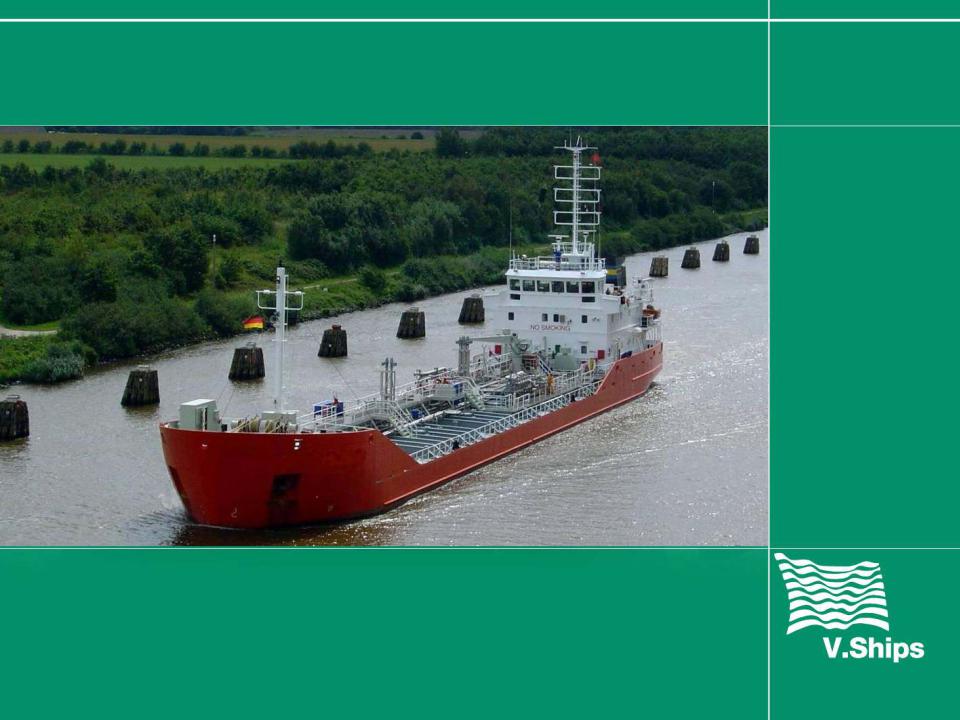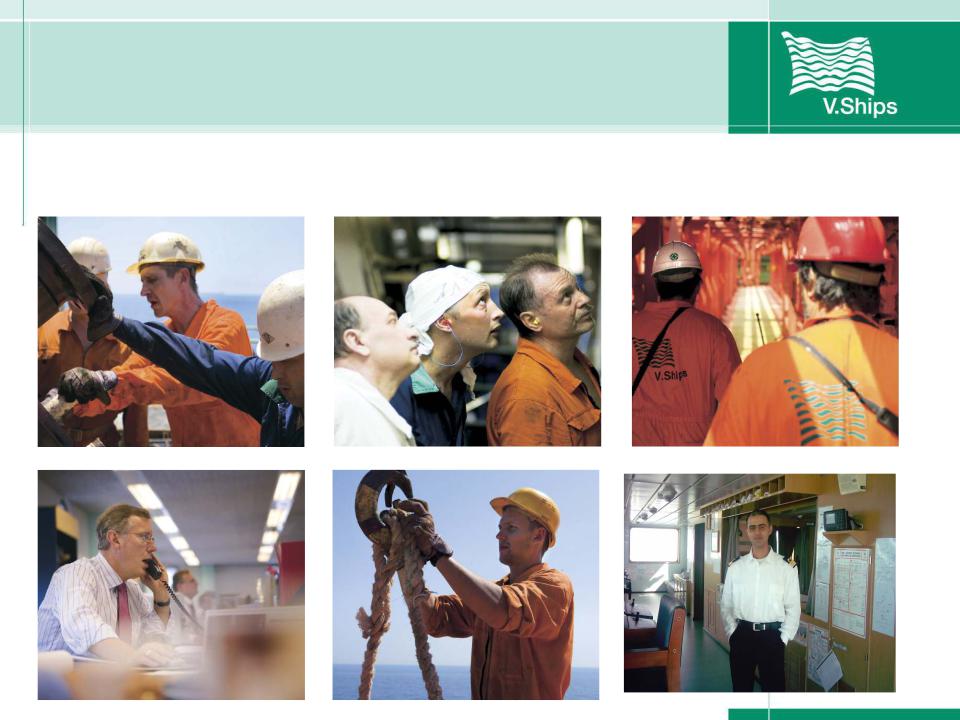
Chemical Tankers / Day 4 / Day 4 Topic 8 Tank Coating & Resistance List
.pdf
Chemical Training

Tank Coatings & Resistance list

Tank coating
In generals, stainless steel is considered to be the ideal material for construction being non – corrosive and easy to clean.
However, not all cargoes can be carried in stainless steel tanks. Many vessels employed in the chemical and petroleum product trade have cargo tanks fabricated from mild steel coated with a paint system which serves to prevent corrosion of the steel and to protect the cargo from contamination by contact with the steel. Cargo tank coatings systems can be broadly categorized in to two main groups:

Tank coating
Inorganic coatings - Zink silicates and ethyl zink silicate types
Organic coatings - Epoxy and modified Epoxy systems

Tank coating
ZINC SILICATE:
Over the years inorganic zinc-rich coatings have proved themselves to be durable tank linings in a variety of service application.
The paint it self consists of a single layer, typically of 100 micron thickness comprising of inorganic silicates( or ethyl silicate) pigmented with a high percentage of elemental zinc powder. Usually the elemental zinc content is greater than 90 % of the paint film by weight.

Tank coating
Complex curing reactions bind the zinc particles in an inorganic silicate matrix which chemically adheres the coating to the steel substrate. The result is a paint system with outstanding mechanical strength.
The paint film is porous in nature, the cargo can physically penetrate into the interstictices formed between the zinc particles and the complex silicate matrix binder.
The porosity of these paint systems has two consequences. On the good side, very volatile solvent-like cargoes can be rapidly and virtually completely removed from the coating by evaporation/ventilation upon completion of discharge.

Tank coating
On the other hand, the same cannot be said for heavier oil-Iike (residual ) cargoes (e.g. Lube oils), which cannot be removed by evaporation/ventilation.
In general the life expectancy of these coatings is proportional to their thickness. This is because corrosion protection is afforded to the steel substrate by virtue of a sacrificial cathodic mechanism whereby the zinc content of the coating ultimately becomes depleted.

Tank coating
A major disadvantage of zinc silicate coatings is their inability to resist cargoes other than narrow "neutral“ range of acidity/alkalinity.
Thus strong acids and alkalies, vegetable oils and solvents prone to hydrolysis( reaction with water to produce acids) cannot be carried in cargo tanks lined with this type of paint.

Tank coating
Epoxy coating
Organic epoxy paint coatings comprise of a "family" of products having slightly different properties. Epoxy paints consist of an organic resin system which, when mixed with a hardener, forms a coating film that produces a three–dimensional cross-linked array of chemical bonds between the resin molecule.
When fully cured, this film offers corrosion protection to the steel substrate by virtue of forming a barrier between the cargo and the steel.

Tank coating
In contrast to inorganic zinc paints, epoxy systems are resistant to strong acids and alkalies and do not, in general, absorb significant quantities of oil-like (residual) substances. Such substances merely stay on the surface of the paint where they can be removed by conventional cleaning methods.
